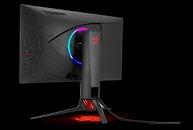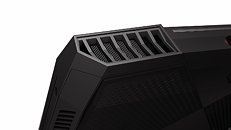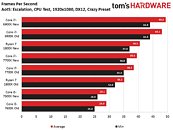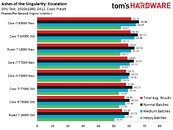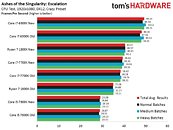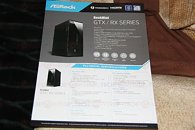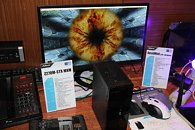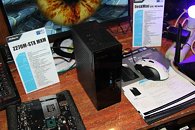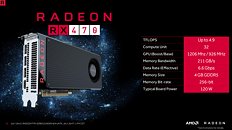
AOC Announces the G2590VXQ 25" Budget Display: 75 Hz FreeSync, 1ms, TN, 1080p
AOC has introduced a budget monitor to its lineup, which looks slightly outdated when compared to the company's flagship monitors. The G2590VXQ is a 25" display that's being marketed towards a budget-aware audience, who still wants to have some of gaming's recent technologies at their side. The 25" panel features a TN panel with the type's blazing fast 1 ms response times, and a 1080p resolution, the latter of which should allow for multiple graphics cards options for the monitors' prospective buyers. However, AOC is thinking that most budget users that care about gaming will pick up an AMD Radeon graphics card, it seems, due to the inclusion of FreeSync in the spec list of the G2590VXQ - though knowing that FreeSync implementation is free, contrary to G-Sync, might also have something to do with it.
FreeSync range should cover the 35 Hz - 75 Hz spectrum, and the monitor itself isn't too bad aestheticwise, with its 3-side frameless design and simple, yet attractive stand. That gaudy red line under the monitor likely will lead users to a "love it or hate it" scenario, but considering the target market, red is all the rage. The monitor is priced relatively high (notice the relatively there), at £159 (roughly $212). For these features, I'd prefer to see a $130 price-tag.
FreeSync range should cover the 35 Hz - 75 Hz spectrum, and the monitor itself isn't too bad aestheticwise, with its 3-side frameless design and simple, yet attractive stand. That gaudy red line under the monitor likely will lead users to a "love it or hate it" scenario, but considering the target market, red is all the rage. The monitor is priced relatively high (notice the relatively there), at £159 (roughly $212). For these features, I'd prefer to see a $130 price-tag.

















